Increased Focus on Driver Experience
The automotive head-up-display market is experiencing growth due to an increased focus on enhancing the overall driver experience. As automakers strive to differentiate their offerings, the integration of head-up displays is seen as a means to provide a more engaging and user-friendly interface. This emphasis on driver experience is reflected in a 20% increase in the number of vehicles featuring head-up displays in the last year. The automotive head-up-display market is thus likely to see continued investment in this area, as manufacturers recognize the importance of creating a more enjoyable and intuitive driving environment. By offering real-time information and reducing cognitive load, head-up displays contribute to a more satisfying driving experience.
Consumer Shift Towards Smart Technologies
The automotive head-up-display market is benefiting from a consumer shift towards smart technologies in vehicles. As more drivers seek connectivity and advanced features, head-up displays are increasingly viewed as essential components of modern automotive design. This trend is underscored by a 40% rise in consumer interest in vehicles equipped with smart technologies over the past two years. The automotive head-up-display market is thus poised for growth, as manufacturers respond to this demand by incorporating sophisticated displays that offer seamless integration with smartphones and other devices. This alignment with consumer preferences for technology-driven solutions is likely to propel the market forward.
Rising Demand for Enhanced Safety Features
The automotive head-up-display market is experiencing a notable surge in demand for enhanced safety features. As consumers increasingly prioritize safety in vehicle purchases, manufacturers are integrating advanced head-up displays to provide critical information without diverting attention from the road. This trend is reflected in a 30% increase in the adoption of such technologies in new vehicles over the past year. The automotive head-up-display market is thus positioned to benefit from this heightened focus on safety, as it aligns with consumer expectations for innovative solutions that enhance driving security. Furthermore, the integration of augmented reality in head-up displays is likely to further elevate safety standards, making it a pivotal driver in the market.
Government Initiatives Promoting Safety Technologies
The automotive head-up-display market is positively impacted by government initiatives aimed at promoting safety technologies in vehicles. Regulatory bodies are increasingly advocating for the adoption of advanced safety features, which includes head-up displays. This push is evident in recent legislation that encourages manufacturers to incorporate such technologies to enhance road safety. The automotive head-up-display market is likely to benefit from these initiatives, as they create a favorable environment for innovation and investment. With government support, the market may see accelerated growth, as automakers respond to regulatory pressures by integrating head-up displays into their vehicle designs, thereby improving safety outcomes for drivers and passengers alike.
Integration of Advanced Driver Assistance Systems (ADAS)
The automotive head-up-display market is significantly influenced by the integration of Advanced Driver Assistance Systems (ADAS). As vehicles become increasingly equipped with ADAS, the need for intuitive displays that convey real-time information to drivers becomes paramount. The automotive head-up-display market is witnessing a growth trajectory, with projections indicating a 25% increase in the incorporation of head-up displays alongside ADAS by 2026. This integration not only enhances the driving experience but also contributes to overall road safety. By providing essential data such as navigation prompts and speed limits directly in the driver's line of sight, head-up displays are becoming indispensable in modern vehicles, thereby driving market expansion.


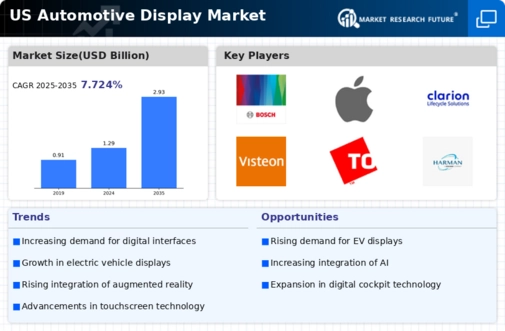
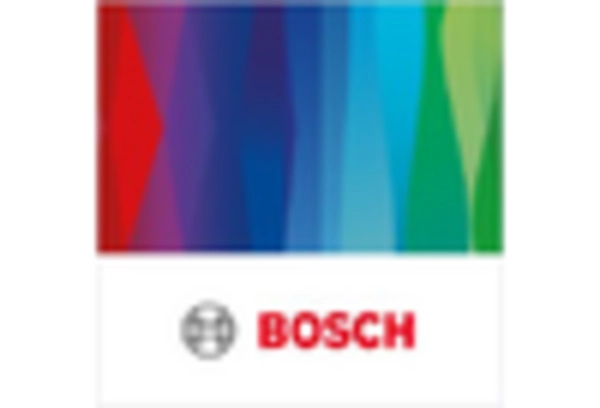
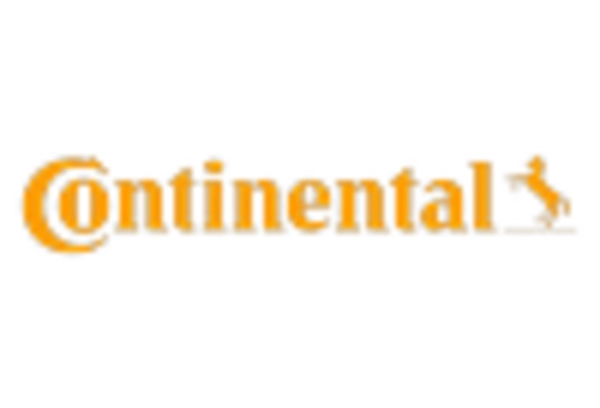
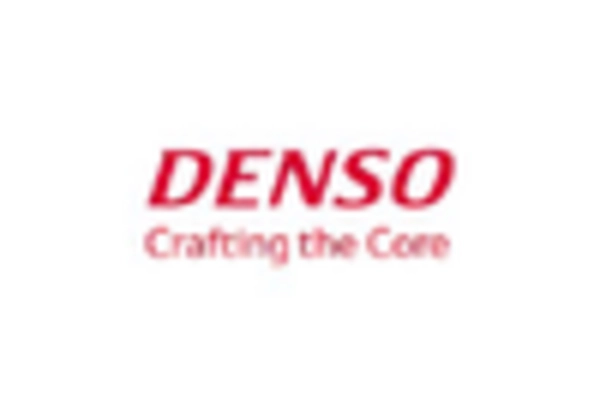
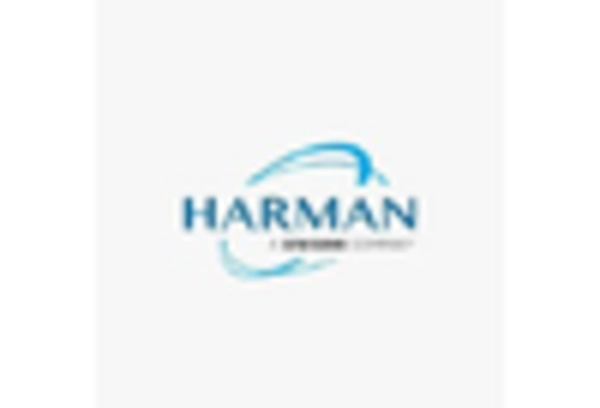
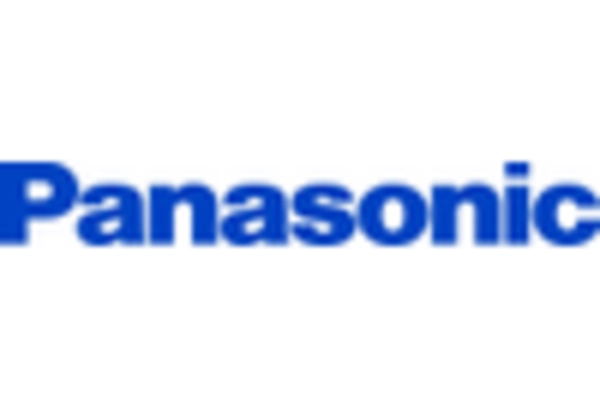
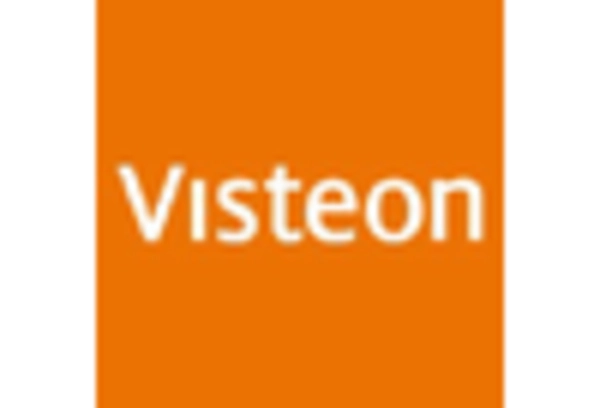








Leave a Comment